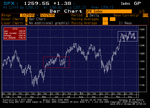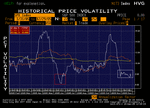Thin vol is just when you'd expect wild swings.
No Santa rally according to CNN:
http://money.cnn.com/2005/12/29/markets/stockswatch/index.htm
No Santa rally according to CNN:
http://money.cnn.com/2005/12/29/markets/stockswatch/index.htm
Last edited:



